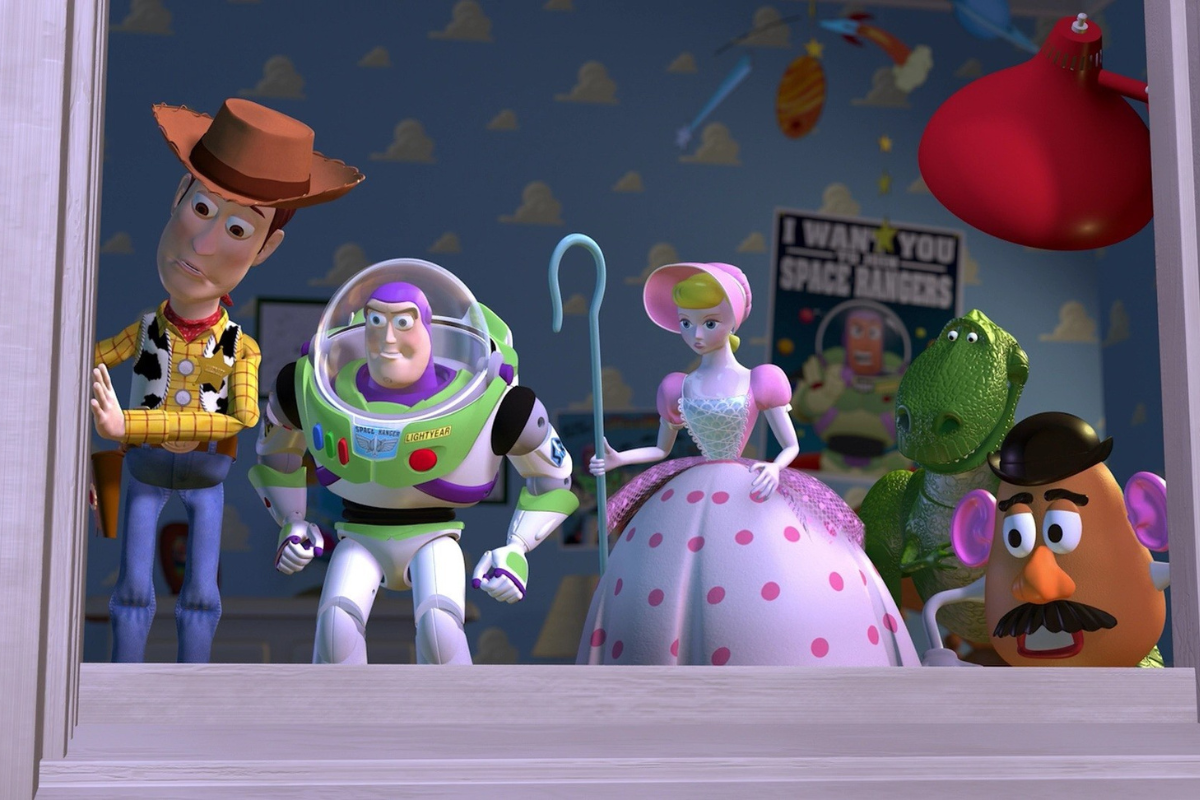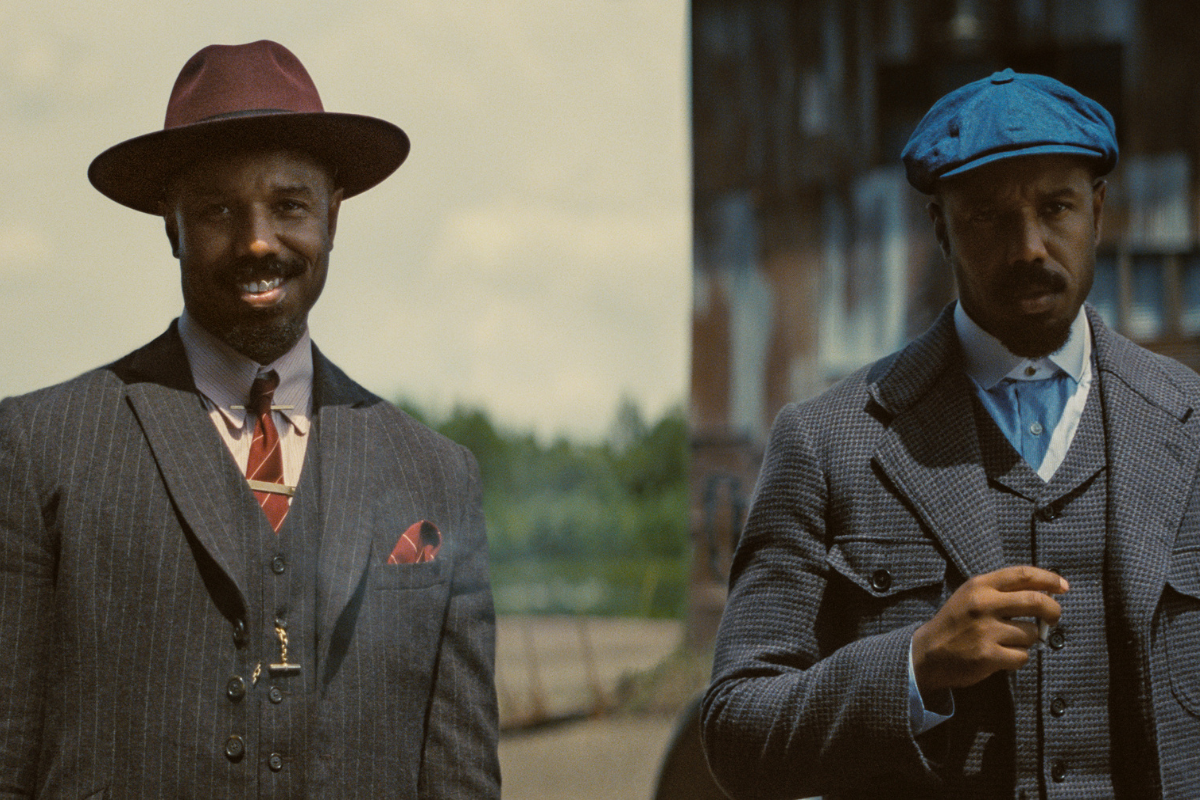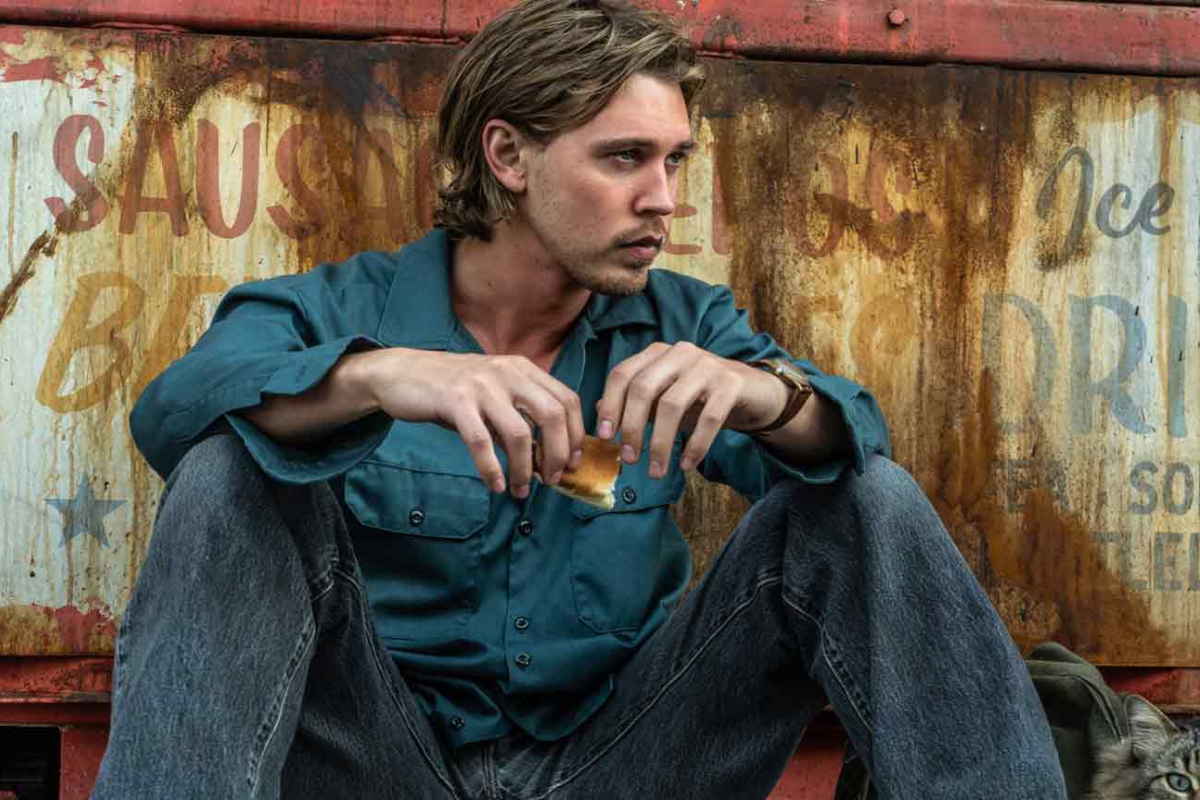SCRIPT NOTES: Can the Protagonist Be the Antagonist?
A professional, WGA Writer bats around the logistical question of the protagonist also being the antagonist in a script. Can a hero also be the villain?
WGA writer Michael Tabb has written for Universal Studios, Disney Feature Animation, comic book icon Stan Lee, and other industry players. Michael's new book, Prewriting Your Screenplay: a Step-by-Step Guide to Generating Stories, is available now. Follow Michael on Twitter @MichaelTabb and Instagram @michaeltabbwga.
I am flattered when new writers try to pitch me their ideas, and I often hear them say that his or her protagonist is also the antagonist. So let's address that possibility. Is there a case for man being his own worst enemy in a script? We all know a fatal flaw can do a character in, but does that make him the villain?
There are four ways in which one might consider a protagonist to be his or her own most antagonistic force. They are:
- Something or someone from inside the protagonist is what creates the film’s conflict.
- When the inner journey dominates the visual story (focusing on a character’s personality flaw).
- When nobody else is there to oppose them.
- The protagonist is just plain wrong or evil.
Let’s take them one at a time.
The first example stems from a situation where there are two sides to a leading character (for example: Dr. Jekyll and Mr. Hyde or Fight Club). Having written a werewolf film, I see those "beast within” stories as an allegory for one person’s dark battle with impulse control. As a classic example, The Wolfman can easily be seen as a metaphorical struggle with alcohol abuse. At night, he indulges in base, raw, uncensored actions while being under the influence and not in his right mind. He wakes the next morning disoriented with no clue of the violence he committed the previous night. I am going to kibosh this one right out of the gate. This carnal beast is actually inside the protagonist, but it is not the protagonist any more than a patient with cancer is his own villain. The inner beast acts independently from the protagonist without their consent or influence; therefore, they are not one in the same. These antagonists are totally separate characters even though they share a body with the protagonist.
Second, many dramatic films center on inner journeys instead of outer journeys, which might bring a young writer to believe that a personality flaw can be an antagonist. Speaking of acting under the influence, let’s look at Leaving Las Vegas. Don’t be fooled by first blush thoughts; alcoholism is not the antagonist. This is the story of Ben’s slow battle with suicide in the wake of extreme loss. It is a personal battle with the will to live. Through his love interest in the film (Sera the prostitute), the script revolves around the big central question: can new love ever replace the void left by a broken heart? The answer is no. We never get over certain traumas, just ask anyone with P.T.S.D.
This might bring to mind Born on the Fourth of July, where Ron Kovic struggles with the ideology of blind patriotism in wartime. What antagonizes heroes who face an inner struggle is something outside of themselves. Ron is guilt-ridden and full of self-loathing over the war, which fuels his rage as he battles the ideologies of a patriotic nation with a superiority complex, having never lost a World War (or any war for that matter). When a protagonist cannot reconcile with the actions he has already taken, a fight begins... But in a film, that fight must be shown and exemplified by elements outside of himself with an antagonist and other obstacles. He is fueled by his experiences, not fighting with them. Only by taking the war outside of himself and battling an external nemesis (the societal thinking that he bought into in his youth, which put him in that wheelchair) can he start to heal and forgive.
I have heard the point posed that the protagonist's own limitations in Rudy are his antagonist. Again, asking if a trait or flaw be an a nemesis. This film is the true story of one man's struggle to prove anything is possible with enough heart. He faces the one antagonist that is the opposition to all dreams... Reality. In order to go to Notre Dame, Rudy needs money and a solid GPA. To play football, he needs size and strength. Rudy has none of those things. He fights endlessly against the realities of his poor socio-economical background and physical limitations, but he is still not fighting himself.
This may be hard to grasp, but there is a very specific difference between obstacles and antagonists. Obstacles are things a protagonist must overcome while an antagonist is something with an iron will to accomplish something that renders your protagonist's outer journey impossible. Cancer spreads; fire consumes; storms rage. Whether personified though human characters or not, antagonists act. They do something. Rudy fights almost everyone else to overcome the obstacles, but his limitations have no will of their own to directly oppose him. Rudy is battling society. He refuses to accept labels, opinions and misconceptions of what he is capable of accomplishing. The admissions board, the coaches, his own family... societal thinking on body types and how far someone can rise due to their sociological upbringing is the antagonist. Rudy's willpower overcomes a world that is constantly saying, "No. be realistic. Stay where you are and don't bother." That no hope philosophy is the enemy.
Whether it’s Ben proving that “life goes on” is a lie, Ron’s battle with blind patriotism, or Rudy's personal battle to exceed expectations, it is actually a common misconception that turns out to be the nemesis. These misconceptions are personified by the living characters (who firmly believe they are correct) that surround the protagonists and affect them. So when an inner journey is in the spotlight, the antagonist can be equally intangible and elusive. These protagonists fight beliefs or ideologies that do not hold true under the scrutiny of these protagonists' specific conditions. The ideology is best described as a publicly held, common misconception. Yet it's never enough to only have only an inner journey and inner conflict.
The antagonist is the role that directly opposes the protagonists' outer journey. It takes a physical force to stage that external battle of wills with a hero. Each of these movies have separate characters that do that for every protagonist. For example, Rudy's external, outer journey is to play football for Notre Dame. He must fight with every fiber of his being to get the coaches to let him play in a season game. So, no dice on protagonist also being the antagonist in an inner journey based script because there is still, always an outer journey. That mission requires an antagonistic force in the physical world, working against the protagonist's goal (even when that outer journey is not the film's primary focus).
Third, we might wonder about films where there is nobody around to oppose the protagonist. Films like Gravity, Castaway, or Buried. We can dispel this one quickly. The protagonist is fighting a situation every step of the way. Whether trapped on an island, in outer space or a box six feet under, the antagonist keeping them from their goal is the situation. That situation is a powerful, external force threatening their goal of survival or reunion with loved ones, just like a battle against the elements or a disease.
Finally, let’s discuss movies where the central character is clearly a bad guy. Such characters can be horrific people, but they still have their own antagonists (opposing force), often represented by the law. Alex in A Clockwork Orange faces-off against rehabilitation as represented by his probation officer and the Minister of Interior. William Foster’s goal of reuniting with his family is thwarted by Sgt. Martin Pendergast in Falling Down. Detective Donald Kimball is never able to arrest serial killer Patrick Bateman in American Psycho. So even then, the protagonist is not the antagonist. Like stated in my article on antagonists, the physics of Newton apply. Every action has an equal and opposite reaction. What is interesting to note about these types of characters is whether they survive or die, like most antagonist's, they have no character arc. If the central character does not arc, they are not a straight up protagonist. This brings them into the rare breed characters known as failed protagonists. This is nothing new either. For example, Shakespeare's Richard III and Macbeth fall into this category. So even in the rare situation where it seems at first blush that all rules are off, and the leading character acts like an antagonist, they still have an external opposing force outside themselves with which they must do battle.
We live in an edgier world now, so unlike the good, old, Elizabethan era, such central characters do not always die at the end of a tragic story. Shakespeare measured tragedy through the eyes of that central character, so his or her death was the very definition of tragedy common to that era. Today, tragedy is sometimes measured by the audience's reaction to it.
A scribe like me says that some of these characters continuing to live unpunished is actually a greater tragedy than if they die. Getting away with horrific acts is even more tragic to an audience in some cases. That said, this article is not about the changing landscape of tragedy in storytelling. So let me just wrap up this final attempt at explaining the protagonist/antagonist in one body theory... Whether the script centers upon a sympathetic, failed protagonist that dies (like Vincent Vega because he refuses to arc and follow the good advice presented by his partner, Jules Winfield, in Pulp Fiction), or the downright nasty, failed protagonist who lives to kill again (like Lou Bloom in Nightcrawler and Tom Ripley in The Talented Mr. Ripley), they all have external adversaries that they must face. Those antagonistic characters do have the will to stop the protagonist and serve as counterarguments to the premise on a visual, external basis in order to be clear to an audience.
In every great, cinematic story I can conjure, the protagonist wages war with something that personifies the premise’s counterpoint in order to make the writer’s point clear. Film is not a book where we can spend the whole time in someone's thoughts, listening to an endless barrage of inner monologues. That would be boring. We must see the fight unfold in order to understand it. Actually witnessing ideals being put on trial as battles wage... It engages viewers and allows them to observe the internal conflict in a tangible way. It makes it so that an audience understands the application of the story's premise in real terms they can see and touch. It triggers an actual catharsis, which takes place within the movie-goer when done extremely well.
Think about it logically for just one second. If the protagonist were the antagonist, what does that look like? It's important to be able to picture something in a visual medium. Stories are about conflict. No separate, outside, opposing force means there is no external conflict, which means there isn't much of a story to watch. Protagonists wrestle with something outside themselves just as Jacob wrestles with another unspecified being in The Bible before he finally faces his brother as an adult. Yes, it may represent an inner struggle, but an antagonist must be a separate entity. Why? Films are a visual medium, and a separate personification of the enemy is the only way to visually show a struggle.
Hundreds of years before movies, Shakespeare always tried to give the protagonist’s enemy a face. Iago defeats Othello through manipulation of man’s paranoid tendencies toward romantic jealousy. You can call this character a provocateur if you prefer, but he does the antagonizing.
Don't get me wrong, I can totally understand why so many keep trying to pitch the script where the protagonist is the antagonist. It sounds so tormented, pithy, edgy, and cool. It just doesn't work logistically or cinematically. So, in the final analysis for at least this WGA writer, the answer to the protagonist also being the antagonist is a constant and unequivocal no.
In my next character study from the writer's perspective, I leave the character we “love to hate” behind and explore what is most frequently the worst conceived and most poorly designed character by amateur writers… The Love Interest.
- More articles by Michael Tabb
- Specs & The City: Bad Guy Protagonist and ‘Dexter’
- FREE Download - 4 Essentials to Creating an Active Protagonist
- NOTES FROM THE MARGINS: Goals vs. Needs – What Defines Characters And Writers
How to Create a Badass Main Character In Any Genre
UNCOVER the secrets to a Badass main character
SEE how these concepts play out in recently released action, comedy and indie films...
Michael Tabb is a firm believer in giving back to fellow artists in an ongoing effort to constantly elevate the medium of visual storytelling through the exchange of free-flowing ideas. This column is one WGA writer’s perspective of entertainment from within the screenwriting trade, including craft as well as industry, occasionally separating conceptions from misconceptions. It’s part trade analyses and part opinion column. Writers are story surgeons. Scrub in and let’s dissect this living, breathing, evolving thing we do called entertainment writing. Read the book inspired by Michael's articles at Script Magazine Prewriting Your Screenplay: A Step-By-Step Guide to Generating Stories, and follow him on Twitter: @MichaelTabb, Instagram: @MichaelTabbWGA, and Pinterest.







